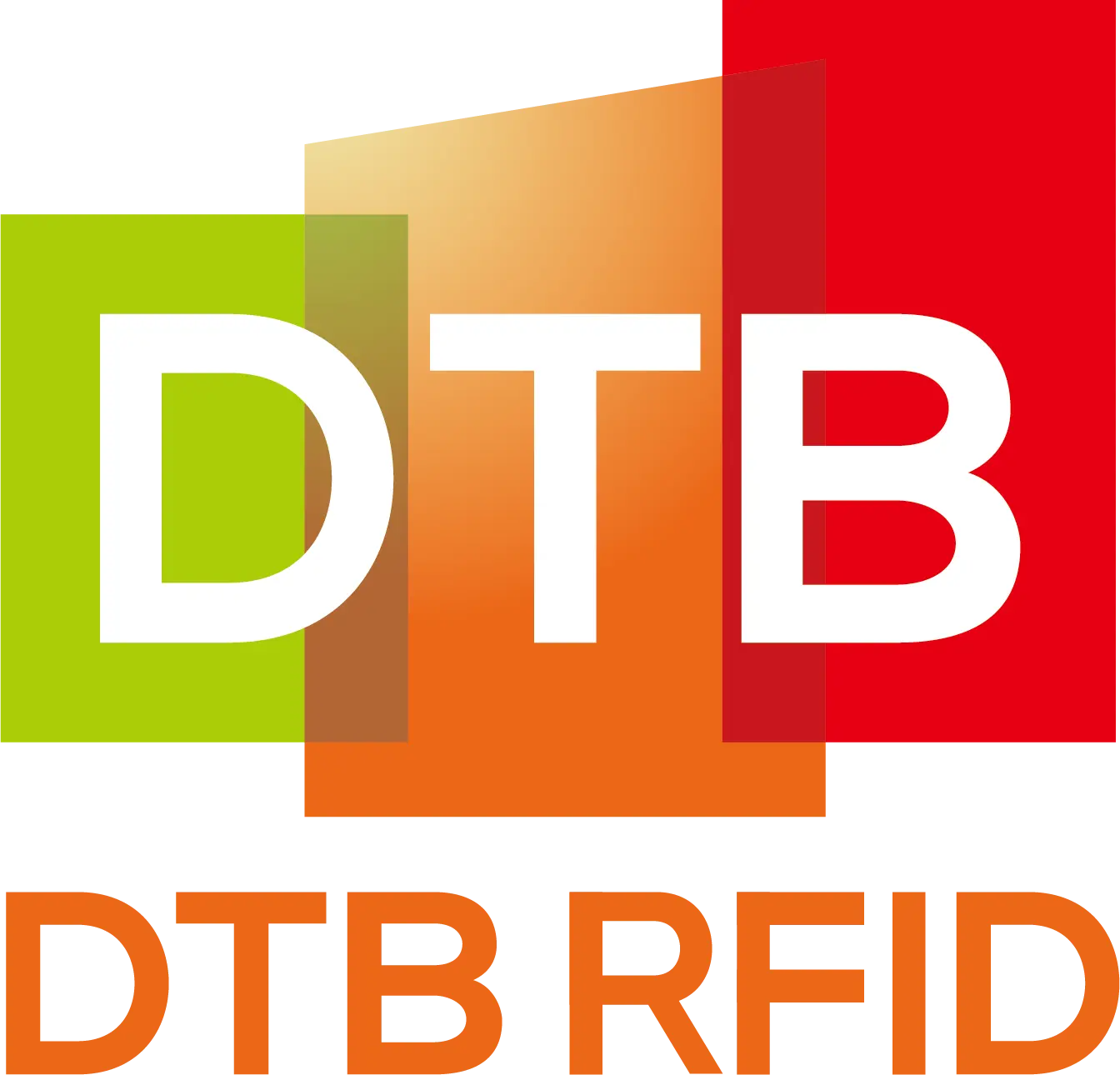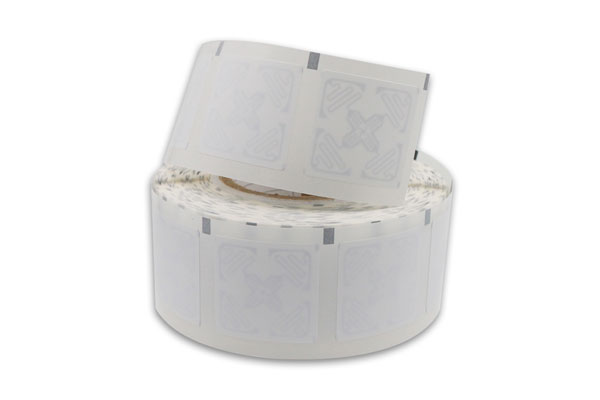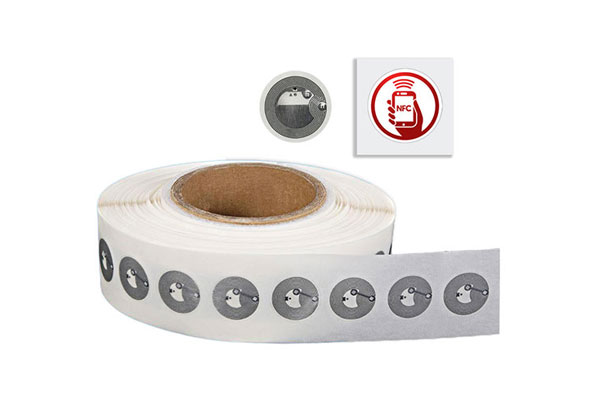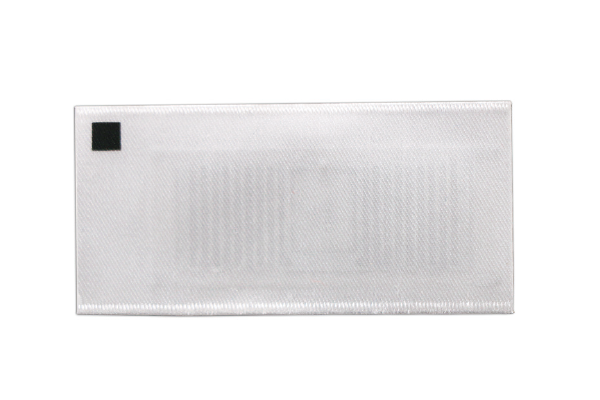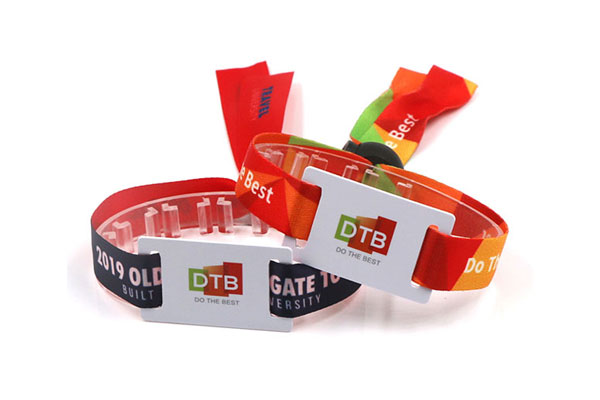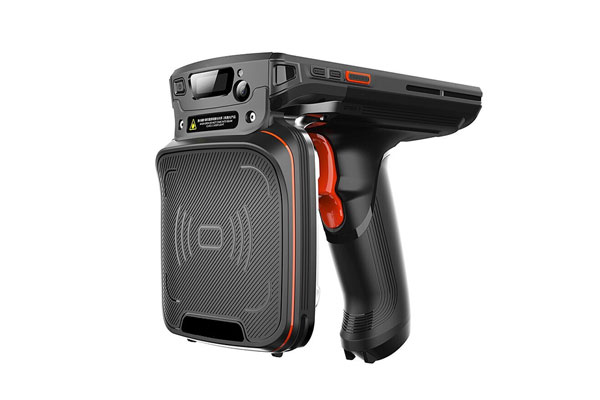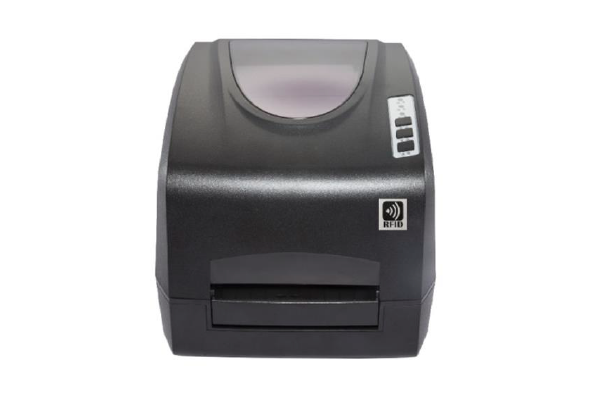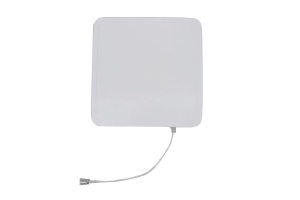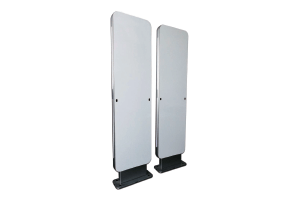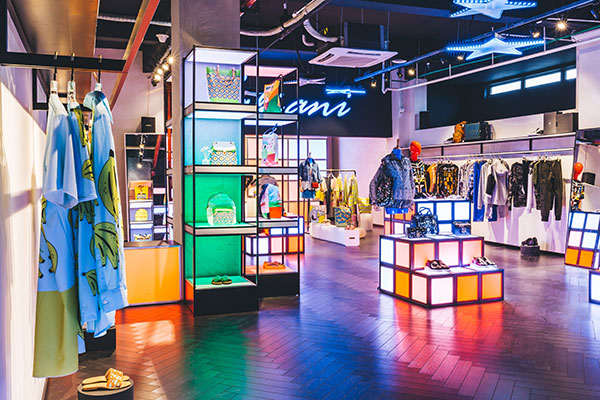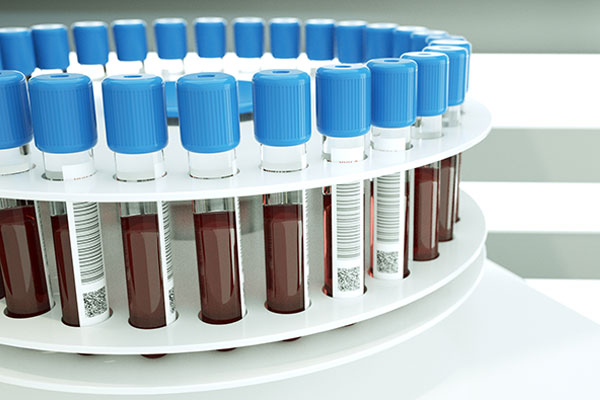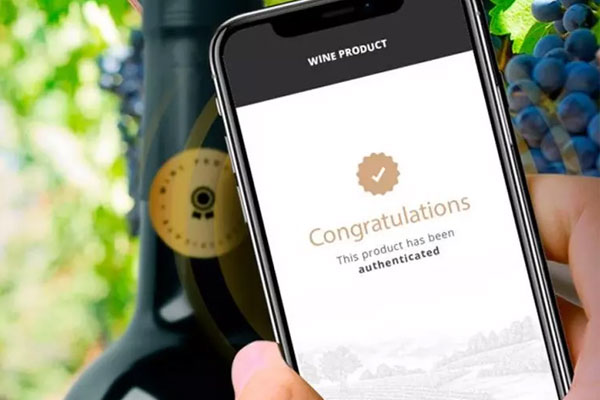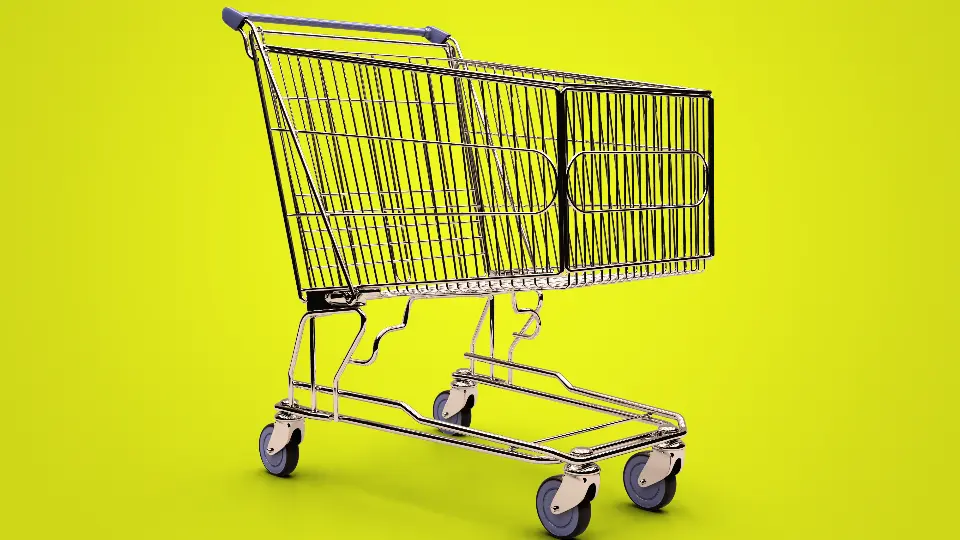HF RFID systems, operating at 13.56 MHz, hit a sweet spot between read range, speed, and interference resilience that makes them ideally suited for item-level tagging in retail.
By automating inventory counts, enabling self-checkout, and providing real-time stock visibility, HF RFID readers can cut inventory labor by 10–15 percent, increase shelf-availability by up to 5 percent, and deliver cycle counts that are five times faster than traditional barcode methods.
Major retailers such as Decathlon and Galeria Kaufhof have tagged hundreds of millions of items and moved from biannual to monthly (or even weekly) full-store inventories, transforming costs, accuracy, and customer experience.
1. What Is HF RFID and Why It Fits Retail
HF RFID operates at 13.56 MHz, giving a practical read range up to about one meter—far beyond the few centimeters of NFC yet without the metal/liquid sensitivity challenges of UHF systems. Data rates are sufficient to read multiple tags in milliseconds, and the global ISO 15693/18000-3 standards ensure interoperability across readers and tags. As a result, HF RFID can reliably identify items on crowded shelves and within cartons, making it perfect for both front-of-store and back-room processes.
2. Quantifiable Benefits in Retail Operations
Inventory Accuracy and Labor Savings
Accuracy jump: Moving from barcode/manual scans (typically 65–75 percent accuracy) to HF RFID often pushes inventory precision above 95 percent.
Labor reduction: Automated cycle counts on handheld or fixed readers can reduce labor hours spent on inventory by 10–15 percent, according to several industry estimates.
Sales Uplift via Shelf Availability
By maintaining up-to-date stock information, retailers can reorder faster and reduce out-of-stocks. Pilot programs indicate a 3–7 percent increase in sales for tagged departments due to fewer empty slots and better assortment management.
Shrinkage and Loss Prevention
Embedding HF readers at exits enables seamless anti-theft gates that double as self-checkout portals. Early adopters report theft reductions of up to 30 percent in monitored zones, while checkout queues shrink by 20–40 percent thanks to tag reads replacing barcode scans.
3. Case Studies
Decathlon’s Global Rollout
Since 2013, Decathlon has source-tagged over 600 million products across more than 900 stores and 40 distribution centers. By tagging at the factory, they eliminated manual in-store tagging, and installed fixed readers in warehouses, handhelds on the floor, and embedded portals at checkout.
Cycle count speed: Five times faster than barcode methods.
Inventory cadence: From twice-a-year to monthly or weekly.
SKU coverage: Over 85 percent of items tagged.
The result has been a notable drop in labor costs, sharper replenishment, and higher customer satisfaction.
Galeria Kaufhof’s Apparel Pilot
Galeria Kaufhof tagged about 250,000 clothing items and created read-points from the receiving dock through to the point of sale. Store associates could scan hanging garments without removing them, cutting time per count by over 75 percent. Data-driven insights on which sizes or colors were selling out enabled dynamic floor moves and faster restocking, improving on-shelf availability by roughly 8 percent.
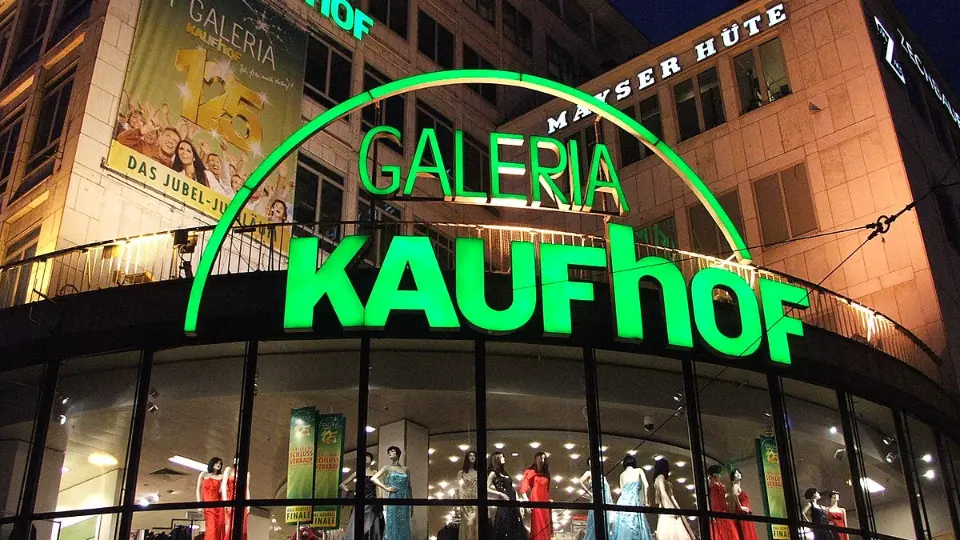
4. Cost and Implementation Considerations
Tag and Reader Investments
HF tags cost between \$0.10 and \$1.00 each, depending on volume and packaging (wristbands, labels, cards).
Handheld readers range from \$500 to \$3,000 per unit, and fixed/embedded readers from \$1,000 to \$3,500.
At a mid-sized chain tagging 100,000 items, tag spend might be \$10,000–\$20,000, with reader hardware adding another \$50,000–\$100,000, often paid back within 12–18 months through labor savings and sales gains.
Physical and Technical Challenges
Metal/liquid interference: HF systems are more robust than UHF but still need careful antenna placement or minor shielding in fixtures near refrigerators or metal displays.
Integration: Retailers must link tag IDs to their merchandise database and feed RFID middleware into ERP/WMS systems for real-time dashboards. Working with experienced integrators minimizes hiccups.
5. Best Practices for a Smooth Rollout
Source-tag at the point of manufacture wherever possible to avoid manual tagging later.
Pilot small, focusing on one department or store to tune read-point locations and data flows.
Train staff on handheld scanning techniques and exception handling (e.g., missed reads).
Monitor read rates and adjust antenna power or position if tag reads dip below 98 percent.
Use analytics on RFID data to drive planogram changes, promotional tactics, and staff allocation.
Conclusion
HF RFID technology deliver a powerful mix of range, speed, and standardization that is uniquely suited to retail. By pushing inventory accuracy above 95 percent, slashing cycle-count labor by up to 15 percent, and enabling self-checkout and shrinkage control. Proven at scale by retailers like Decathlon and Galeria Kaufhof, the technology pays for itself quickly—making HF RFID a cornerstone of the modern smart store.
